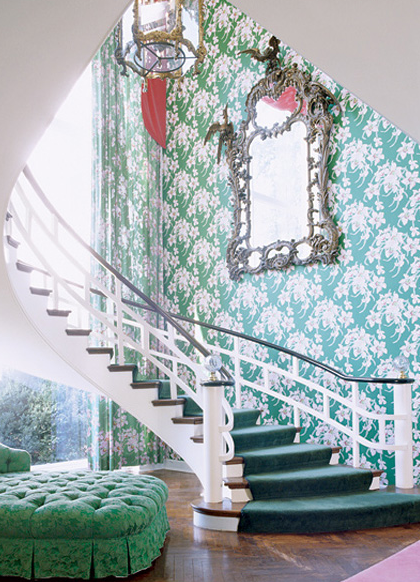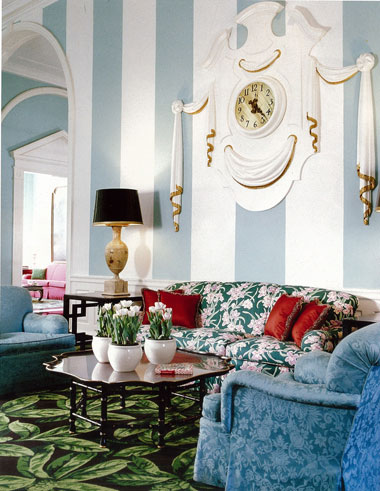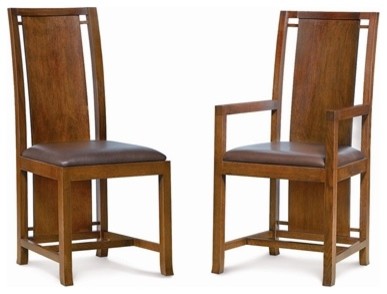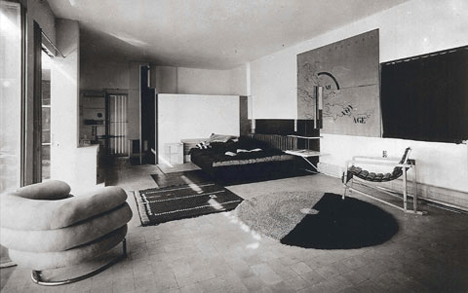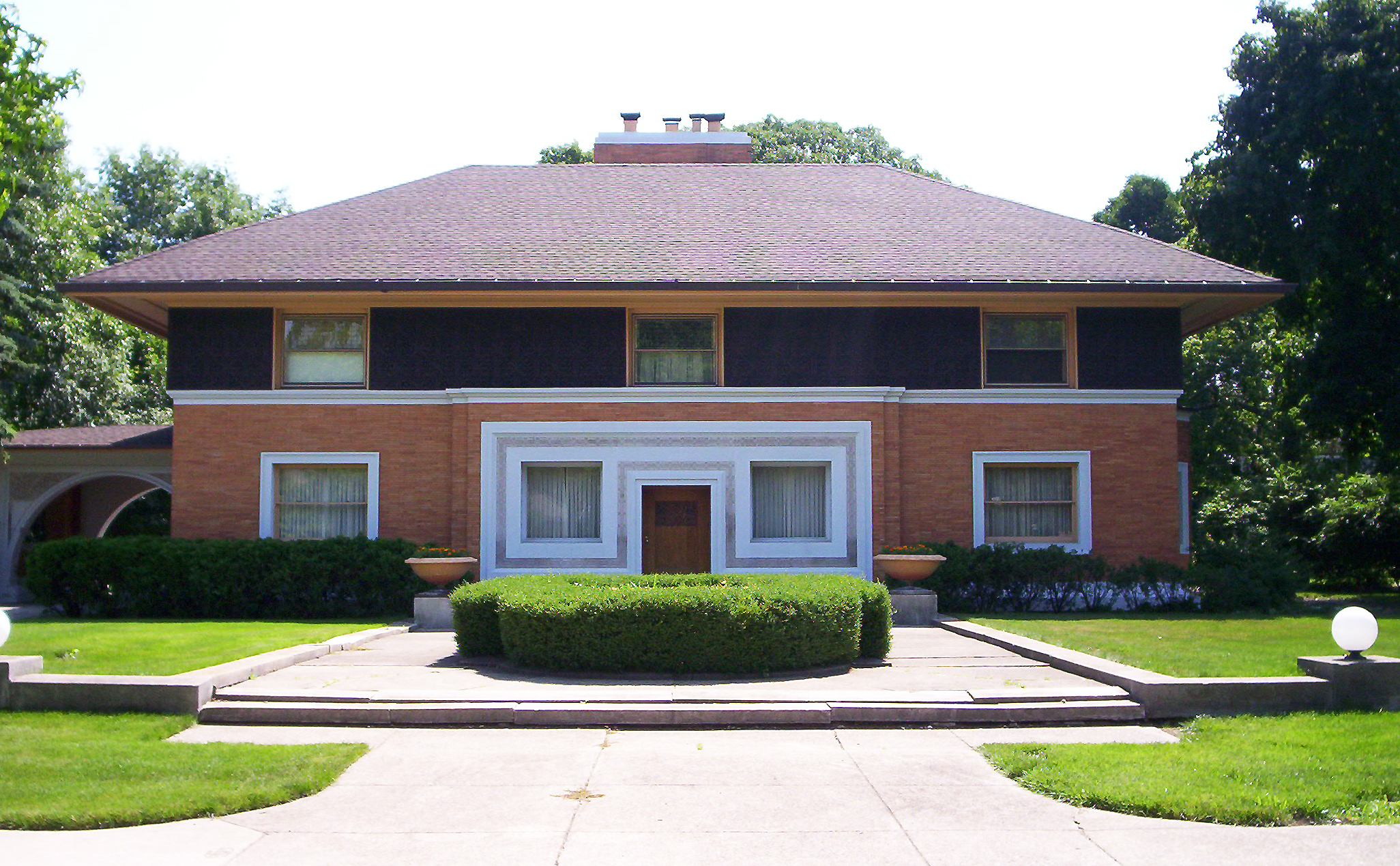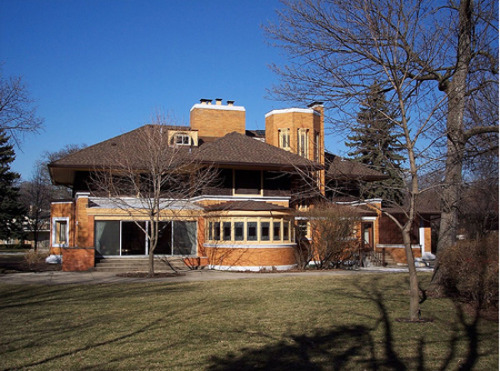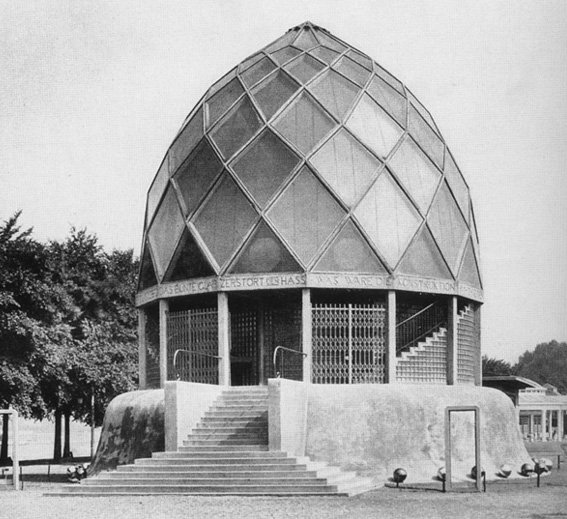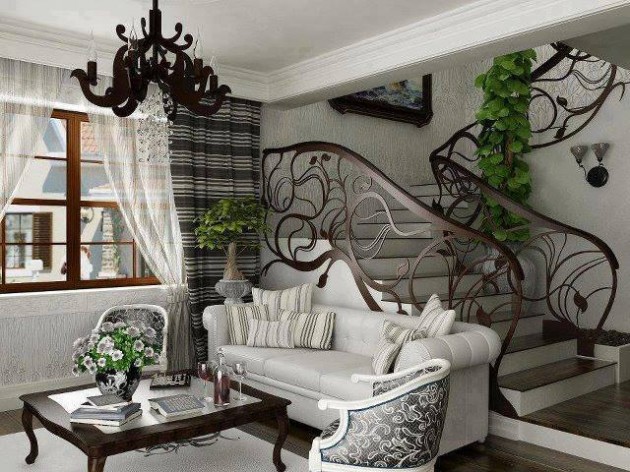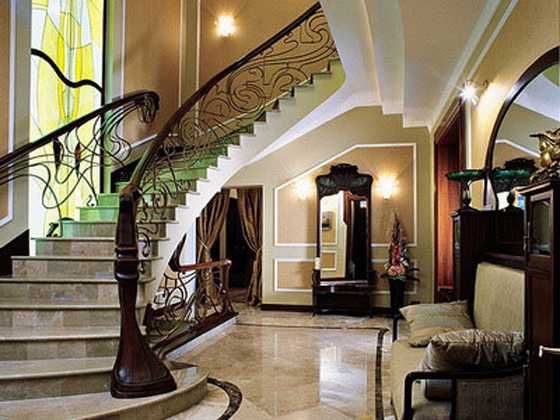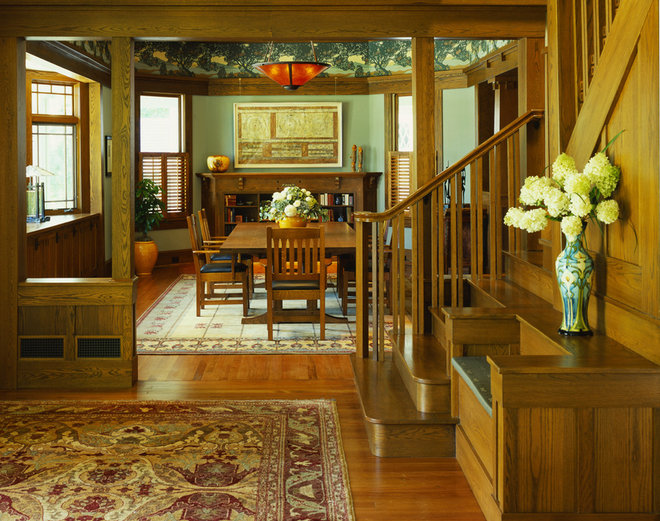Contemporary design is a style to replace the International style. The development of technology and transportation between countries had evolved during this time, making design more convenient between all continents. One of my favorite designers from this design era that we discussed in class is Charles Eames. I enjoy Eame's designs because the spaces he created brought the industrial look indoors for residential homes while still keeping the cozy feel of a home. Below are examples of some of Eame's exterior and interior designs of his own home and studio:



Current Applications of Contemporary Design:

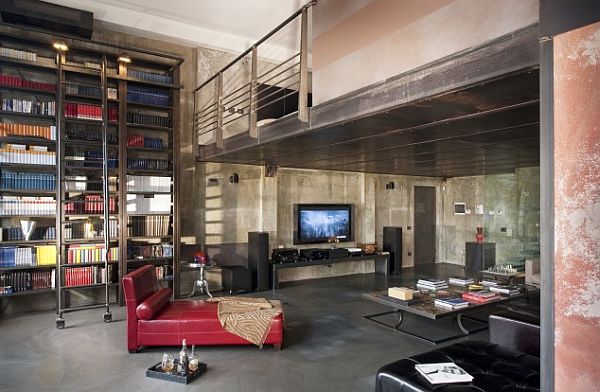

For contemporary design I viewed Paige's and Samantha's blogs. Paige discussed the different movements of contemporary design along with the green aspects that were introduced during this time. Samantha reflected on the common designers during this period, Kahn and Pelli, and their significant works during this period. Both blogs discussed different aspects from the contemporary design era and I found all tpoics very interesting and different from my own.
References:
- http://ideasgn.com/architecture/designer-home-charles-and-ray-eames-house-studio/
- http://www.inmagz.com/wallbank/25208-inspirational-modern-industrial-decorating-design.jpg
- http://cdn.decoist.com/wp-content/uploads/2012/05/modern-industrial-loft-design-idea.jpg
- http://0.lushome.com/wp-content/uploads/2013/02/modern-interior-design-wood-furniture-1.jpg
